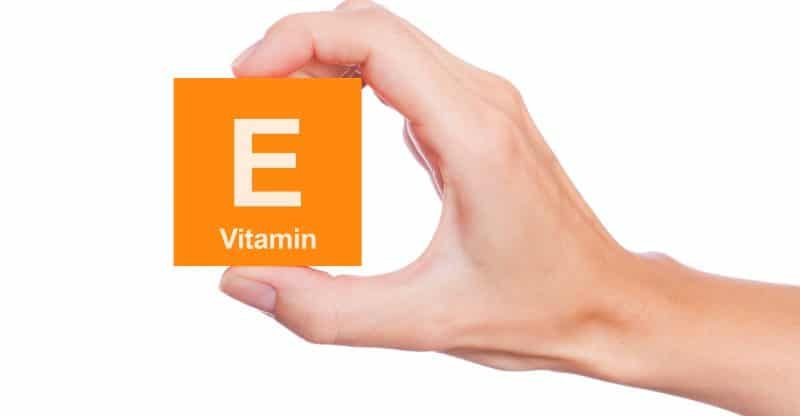Abstract
OBJECTIVES:
To test the hypothesis that maternal plasma alpha-tocopherol levels are associated with protection from childhood wheeze and that this protection is modified by gamma-tocopherol.
STUDY DESIGN:
We conducted a prospective nested study in the Infant Susceptibility to Pulmonary Infections and Asthma Following Respiratory Syncytial Virus Exposure birth cohort of 652 children with postpartum maternal plasma vitamin E isoforms used as a surrogate for pregnancy concentrations. Our outcomes were wheezing and recurrent wheezing over a 2-year period, ascertained using validated questionnaires. We assessed the association of alpha- and gamma-tocopherol with wheezing outcomes using multivariable adjusted logistic regression, and tested for interaction between the isoforms with respect to the risk for wheezing outcomes.
RESULTS:
Children with wheezing (n = 547, n = 167; 31%) and recurrent wheezing (n = 545, n = 55; 10.1%) over a 2-year period were born to mothers with significantly lower postpartum maternal plasma concentrations of alpha-tocopherol, P = .016 and P = .007, respectively. In analyses of IQR increases, alpha-tocopherol was associated with decreased risk of wheezing (aOR 0.70 [95% CI 0.53,0.92]) and recurrent wheezing (aOR 0.63 [95% CI 0.42,0.95]). For gamma-tocopherol, the aOR for wheezing was 0.79 (95% CI 0.56-1.10) and the aOR for recurrent wheezing was 0.56 (95% CI 0.33-0.94, with nonmonotonic association). The association of alpha-tocopherol with wheezing was modified by gamma-tocopherol (P interaction = .05).
CONCLUSIONS:
Increases in postpartum maternal plasma alpha-tocopherol isoform concentrations were associated with decreased likelihood of wheezing over a 2-year period. Gamma-tocopherol modified this association.


